

Matt Campbell
2026 Hyundai Tucson Hybrid review
3 Hours Ago
We compare and contrast the brand new i30 N Line Premium sedan against the similarly edgy Civic VTi-LX, and sleek Mazda 3 G25 Astina - all in sedan forms.

Senior Contributor
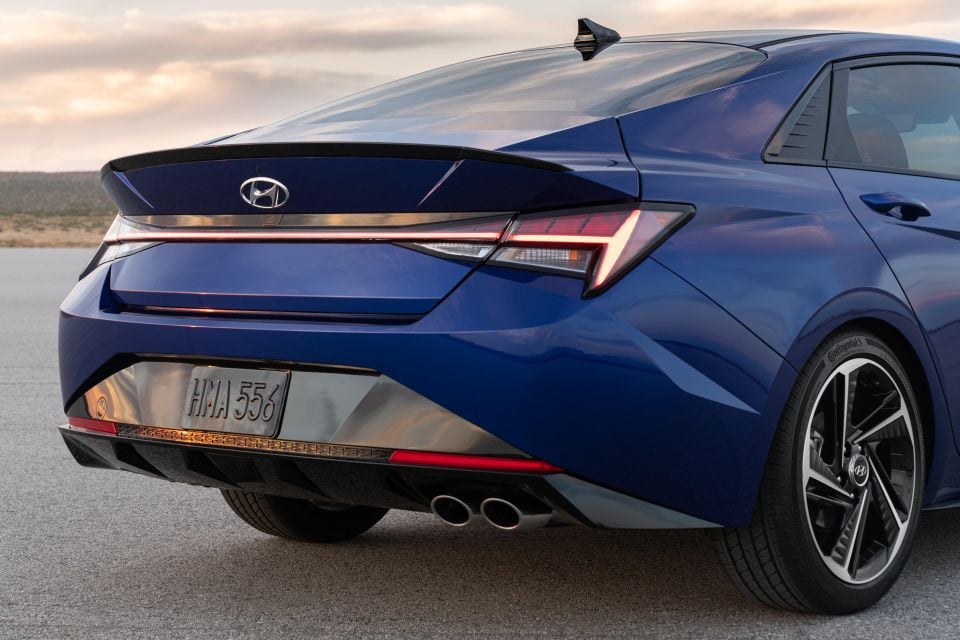

Senior Contributor
Australians tend to prefer small hatchbacks, but for those who like a sleeker, longer sedan, there are some excellent choices.
The just-launched Hyundai i30 sedan is a case in point, with its edgy aesthetic and high-tech cabin. As are the sleek and spacious Honda Civic and luxurious, agile Mazda 3.
This trio are the respective range-toppers: the Hyundai i30 N Line Premium, Honda Civic VTi-LX, and Mazda 3 G25 Astina.
As is always the case, a proper in-the-flesh comparison test is our preference. But while we work to make that happen, here’s a specs comparison to tide things over.
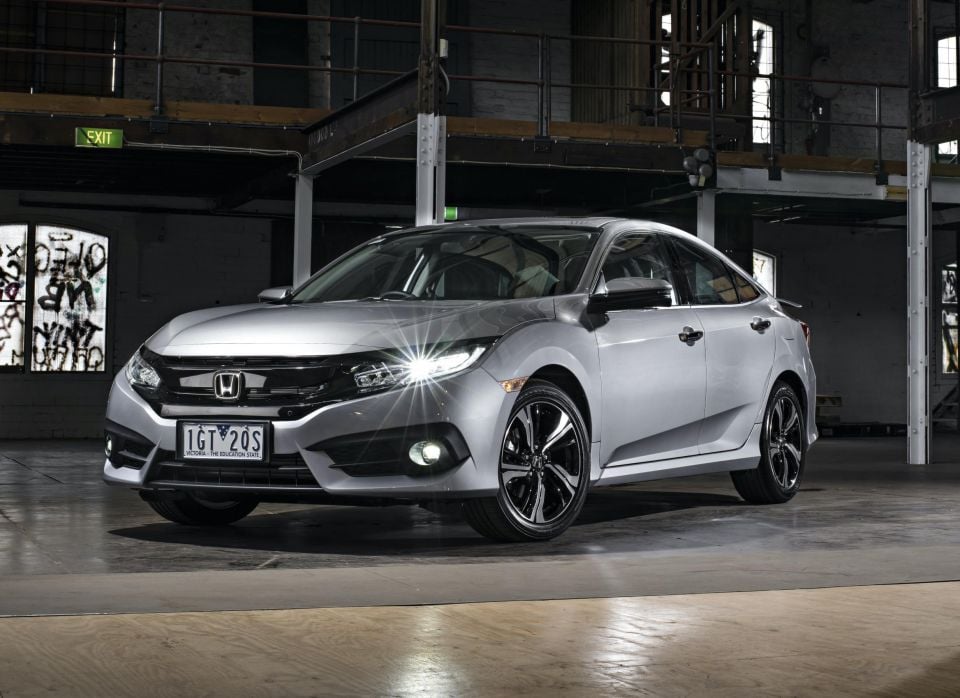
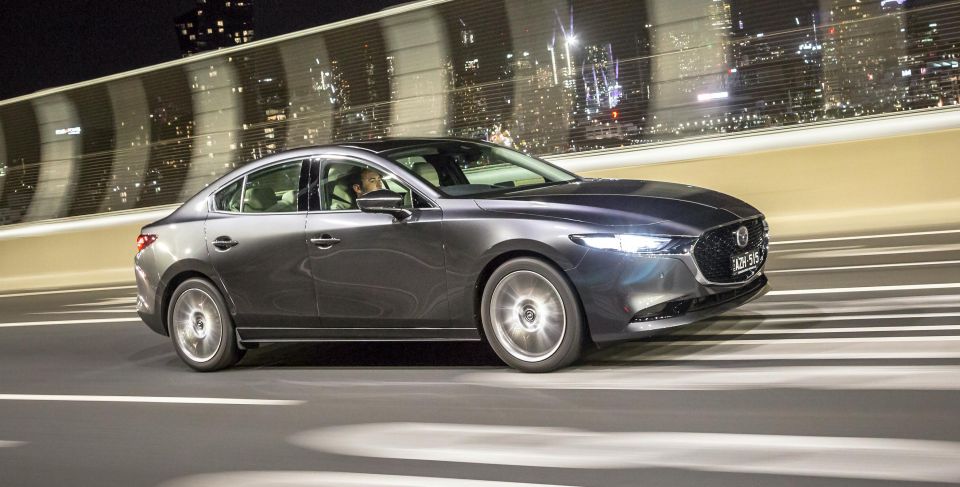
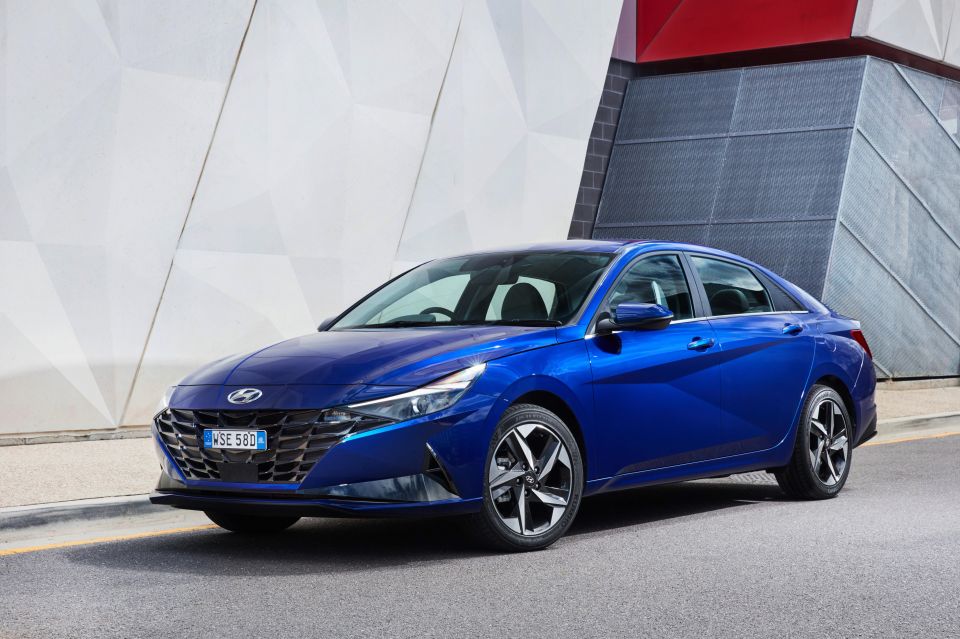

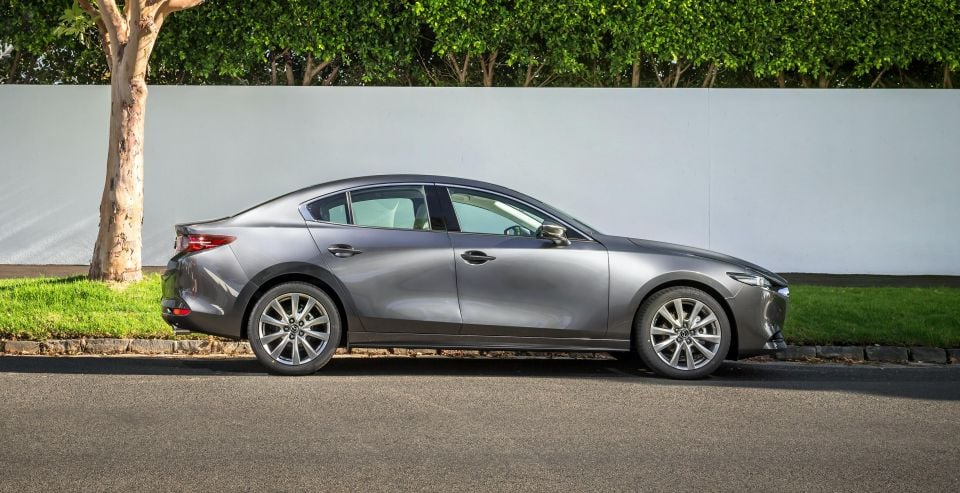
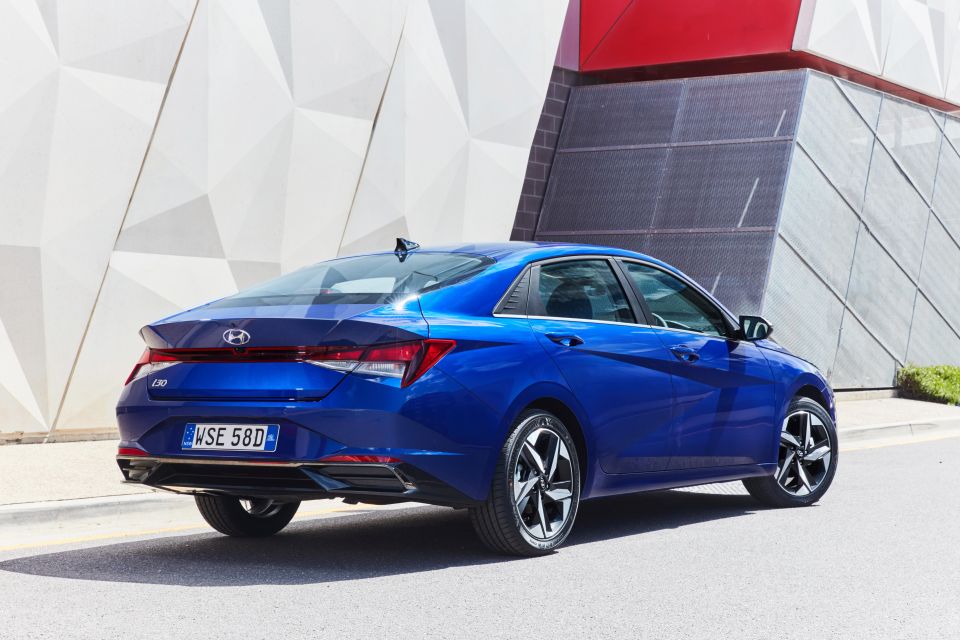
The Civic sedan kicks off at $22,590 before on-road costs in VTi form, climbs to $25,290 for the VTi-S, $28,690 for the VTi-L, $33,340 for the ‘sporty’ RS, and $34,390 for the VTi-LX.
The i30 sedan kicks off at $24,790 for the Active ($26,790 with an automatic), up to $30,790 for the auto-only Elite, $30,290 for the N Line manual and $32,290 for the N Line auto, and $37,290 for the N-Line Premium.
The Mazda 3 sedan kicks off at $26,590 for the base G20 Pure auto, $28,290 for the G20 Evolve auto, $30,590 for the G20 Touring auto, $31,090 for the G25 Evolve auto, $35,090 for the G25 GT, and up to $38,590 for the G25 Astina.
The X20 Astina with spark-guided compression-ignition ‘SkyActiv-X’ tech costs $41,590, but we’re focusing on the other Astina iteration here. Across the whole range, you can order a manual gearbox and save $1000.
For the sake of clarity, all these prices are standard ‘list’ figures calculated before State-specific taxes, as well as dealer delivery. On-road costs are usually somewhere around the $4000 mark, unless the car brand or dealer is willing to discount.
| Model | Honda Civic | Hyundai i30 | Mazda 3 |
|---|---|---|---|
| Variant | VTi-LX | N-Line Premium | G25 Astina |
| List price | $34,390 | $37,290 | $38,590 |
| Premium paint | $650 | $495 | $495 |
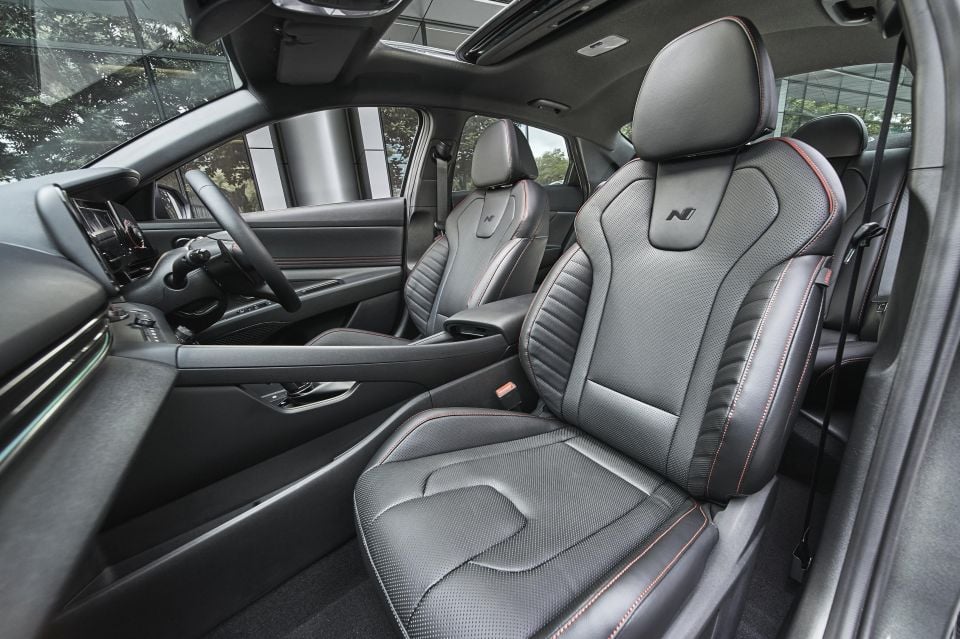
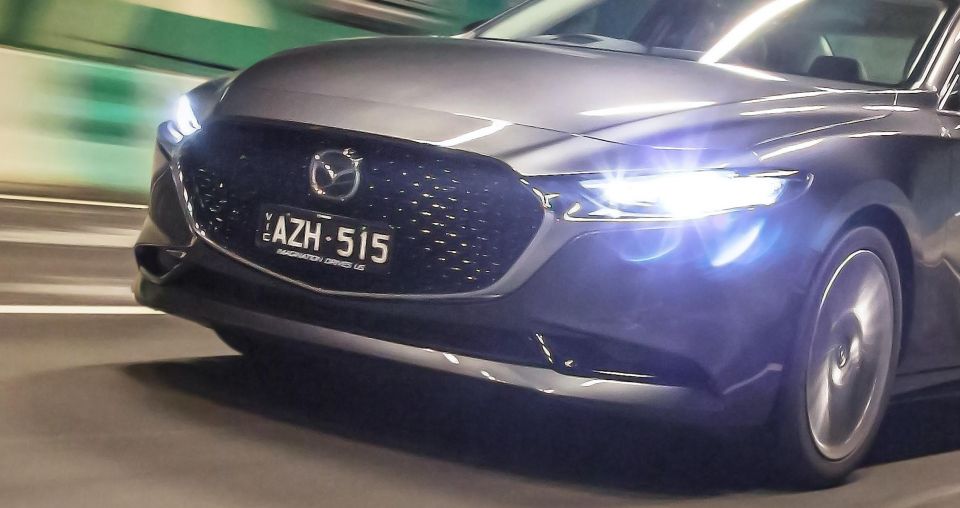
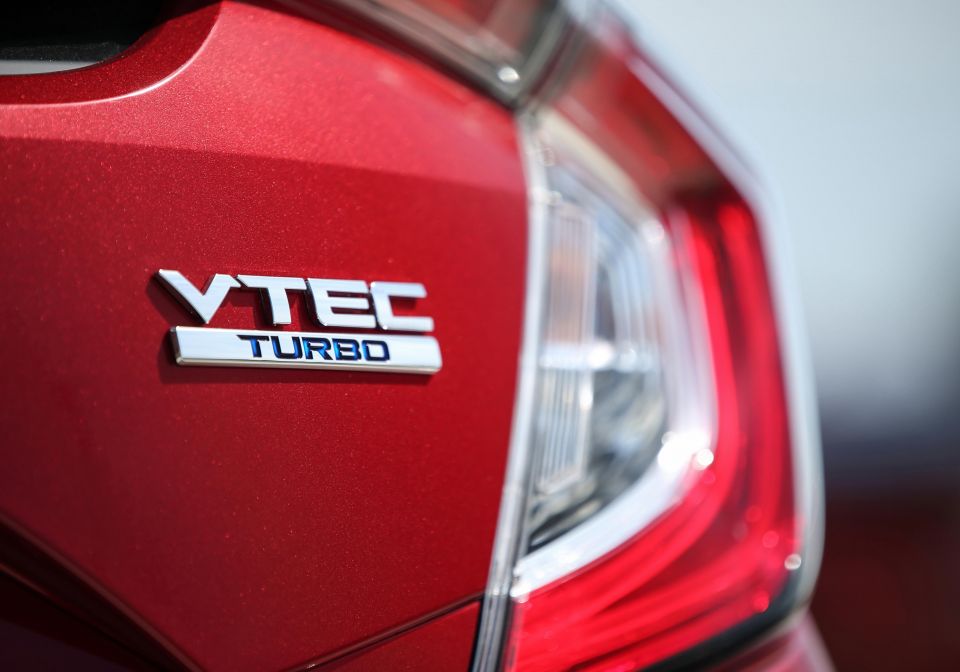
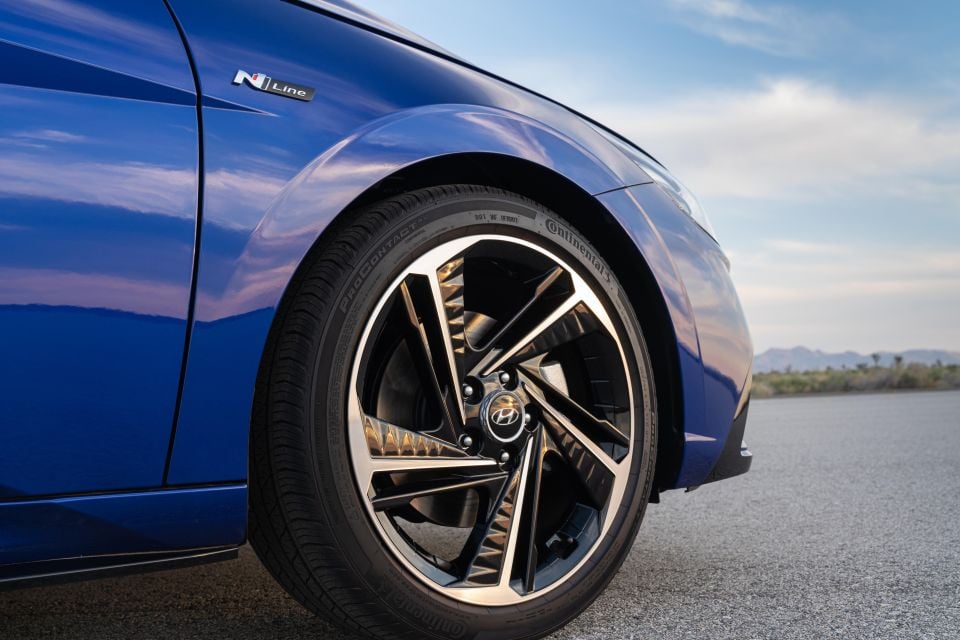
All three cars here come with, as standard: LED headlights, alloy wheels (17-inch on the Honda, 18s on the other two, though the Civic RS gets 18s), hands-free proximity key access, rain-sensing wipers, a sunroof, and auto-folding side mirrors.
All three also come standard with leather seat trim, heated front seats and power adjustments for the driver, dual-zone climate control, satellite-navigation, Apple CarPlay and Android Auto, DAB+, auto-dimming rear-view mirror, and uprated audio systems over the base versions.
The Honda’s features list is about summed up, but given it’s the cheapest car here that’s fine. Above this the Hyundai alone gets a Qi wireless phone charger, allows wireless CarPlay/Android, and has ventilated front seats. The Mazda alone gets a 360-degree camera view and a heated steering wheel.

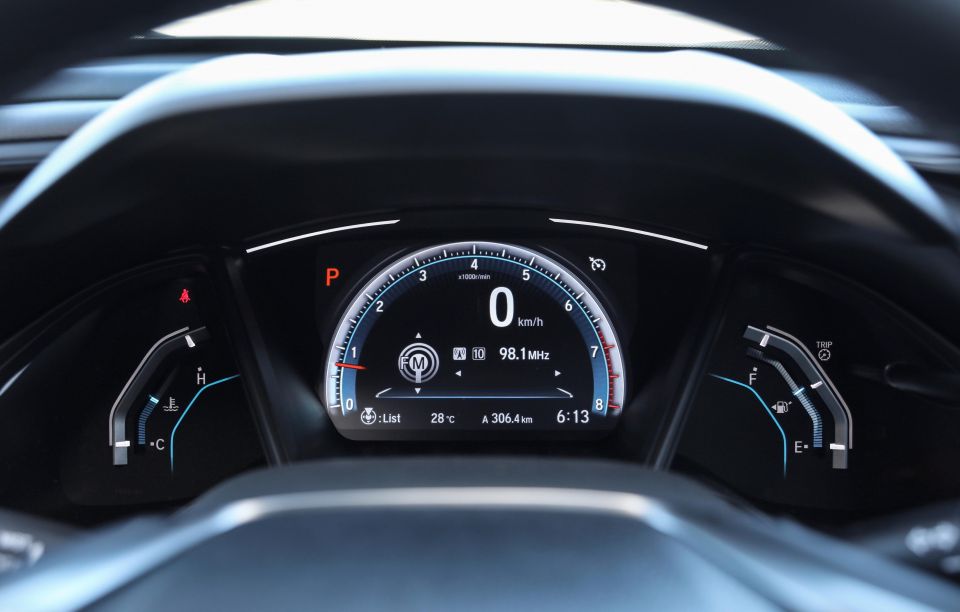
Honda:
The Honda’s 7.0-inch centre screen is the smallest diameter of this trio, though it has the same broad array of functionality. The driver’s instruments are digitised.
Where the Civic really performs well is in the realm of practicality: its rear seats are very capacious in terms of legroom , the centre console is big enough for a large purse, and the 517L boot is the most spacious here.
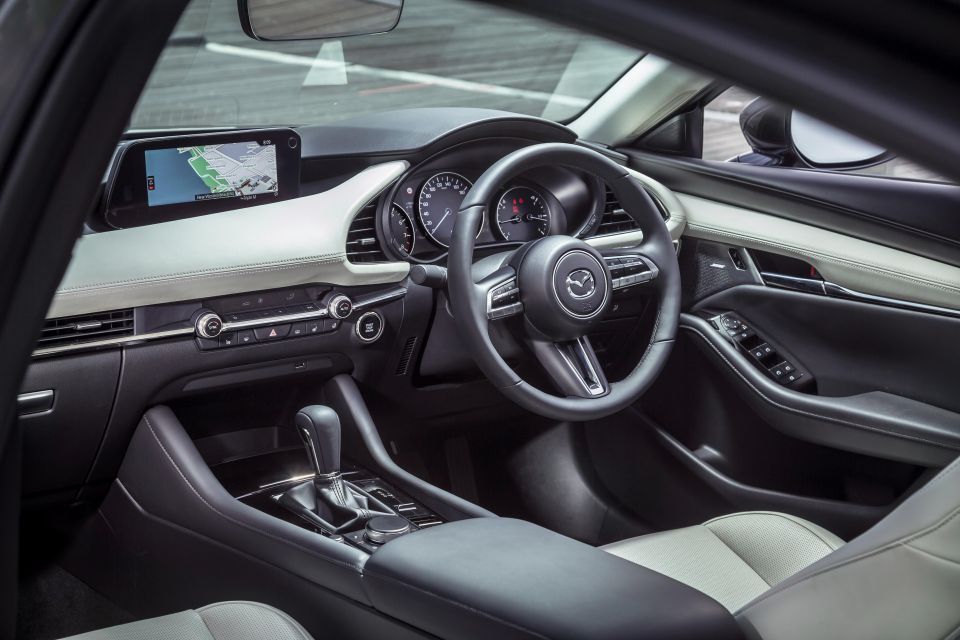
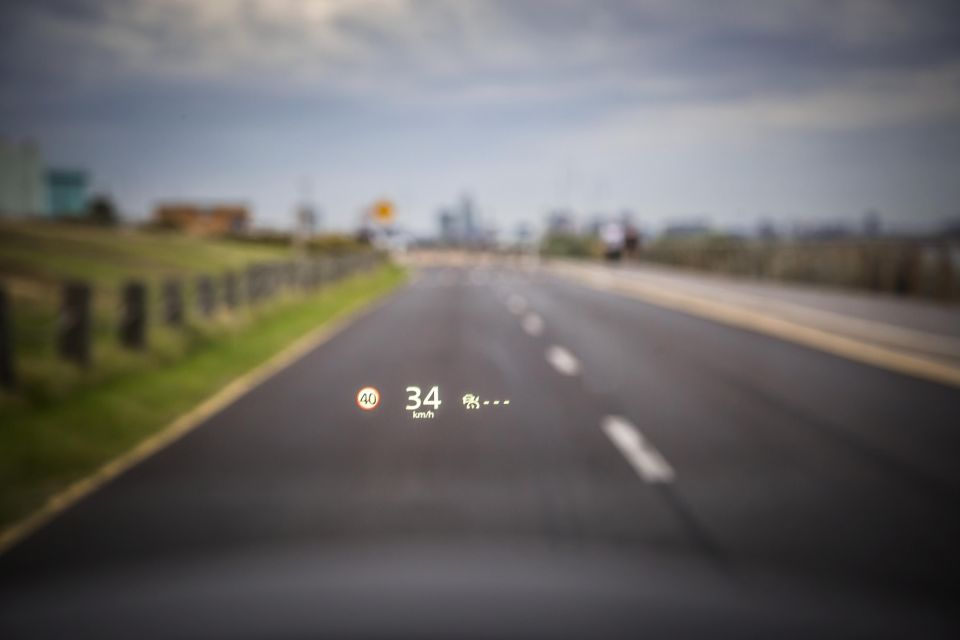
The Mazda is going for the most upmarket and premium feel, as evidenced by the soft leather padding, tactile metallic touchpoints, and head-up display on the windscreen.
That screen is 8.8 inches in diameter and runs a new operating system, though it’s unusual in not working via touch. You have to use the rotary dial on the transmission tunnel, or the buttons on the steering wheel.


As the newest development here, the Hyundai impresses with its tech. That 10.25-inch centre screen is paired to large digital LCD instruments that go a long way to making up for the lack of a HUD.
The way the dash cover blends into the curved door inlays, the red stitching, and the super-supportive seats, all give the N Line Premium a sophisticated and sporty feel.
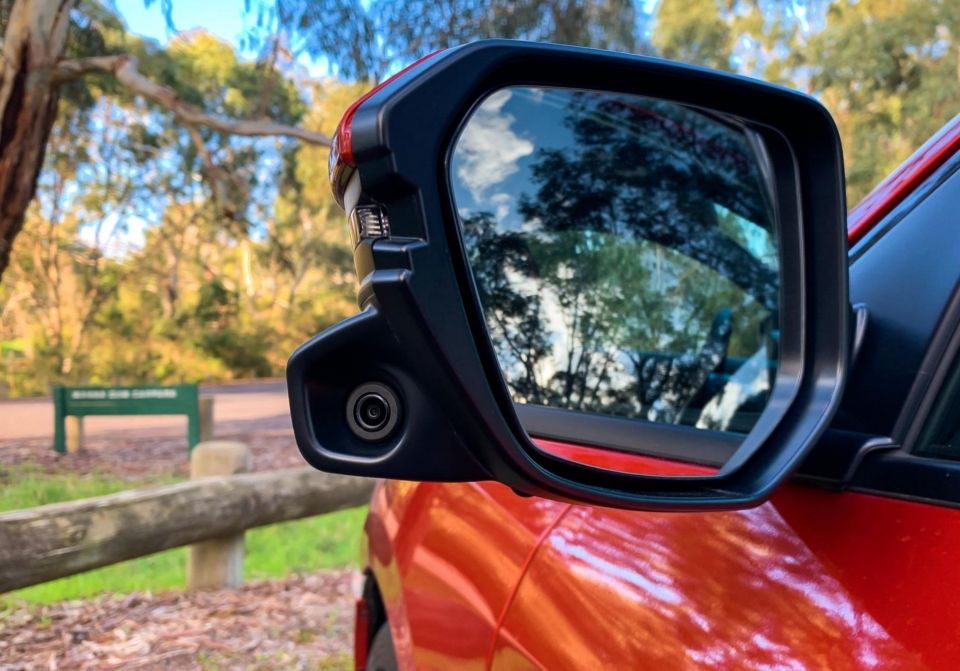
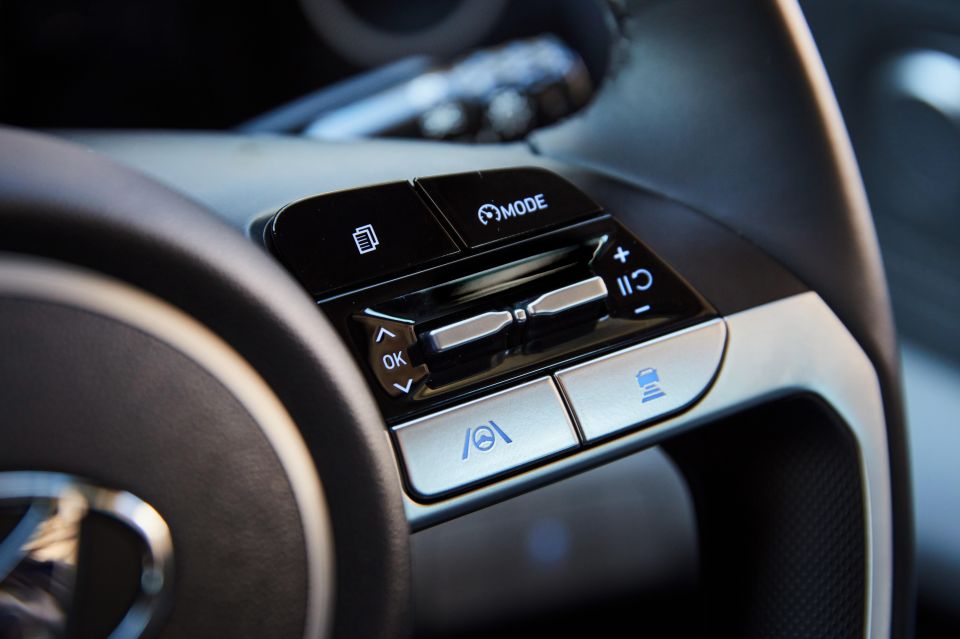
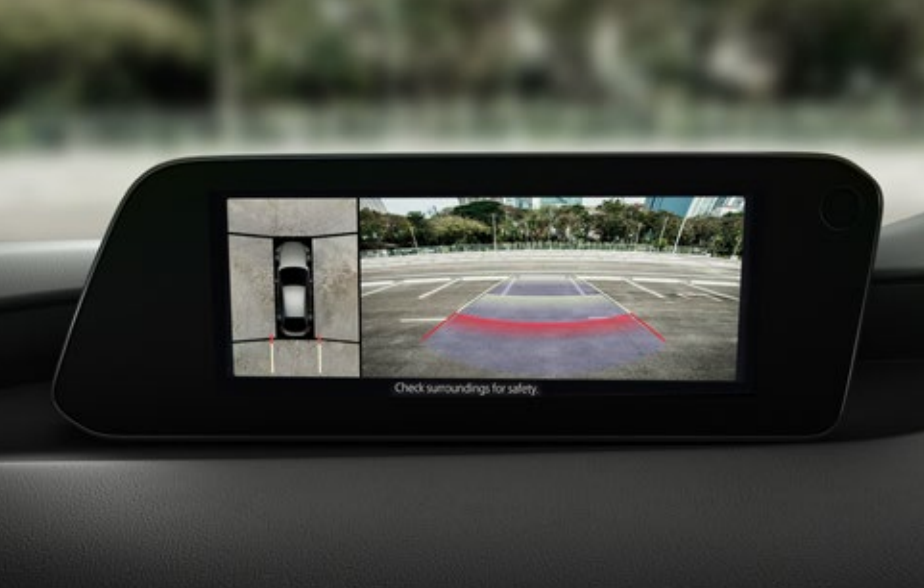
All three cars here have active safety features including forward autonomous emergency braking systems, active cruise control, active lane-keeping aids, and passenger-side blind-spot alerts.
The Hyundai and Mazda also have blind-spot alerts on the driver’s side (illuminated side mirrors), and rear cross-traffic alert.
The Mazda adds, above this, forward cross-traffic alert and traffic-sign recognition, plus a HUD. The Hyundai alone offers Safe Exit Warning that beeps if you’re parked and open your door into the path of passing traffic or cycles.
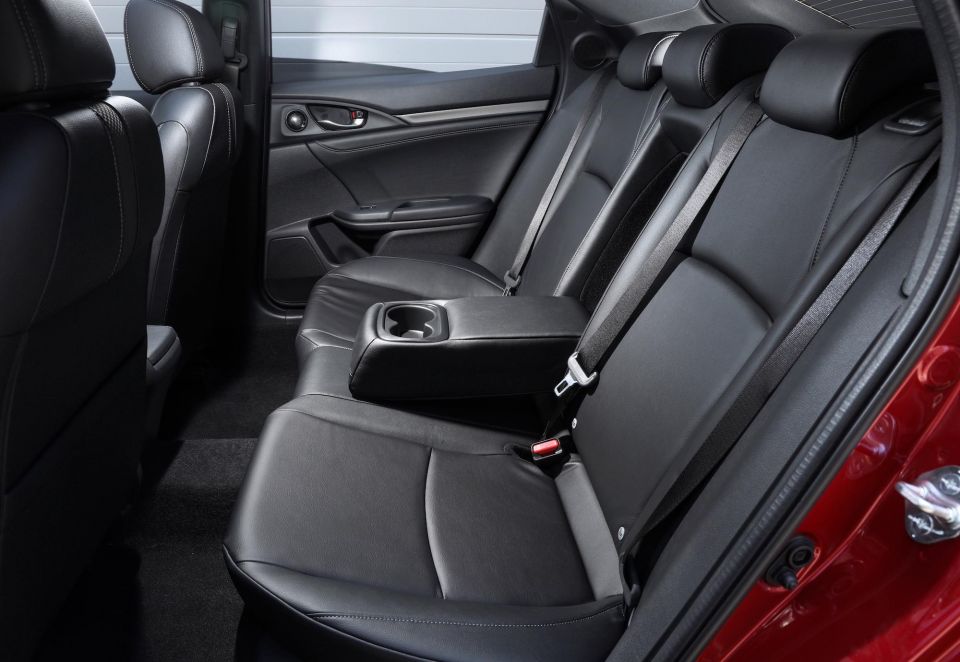
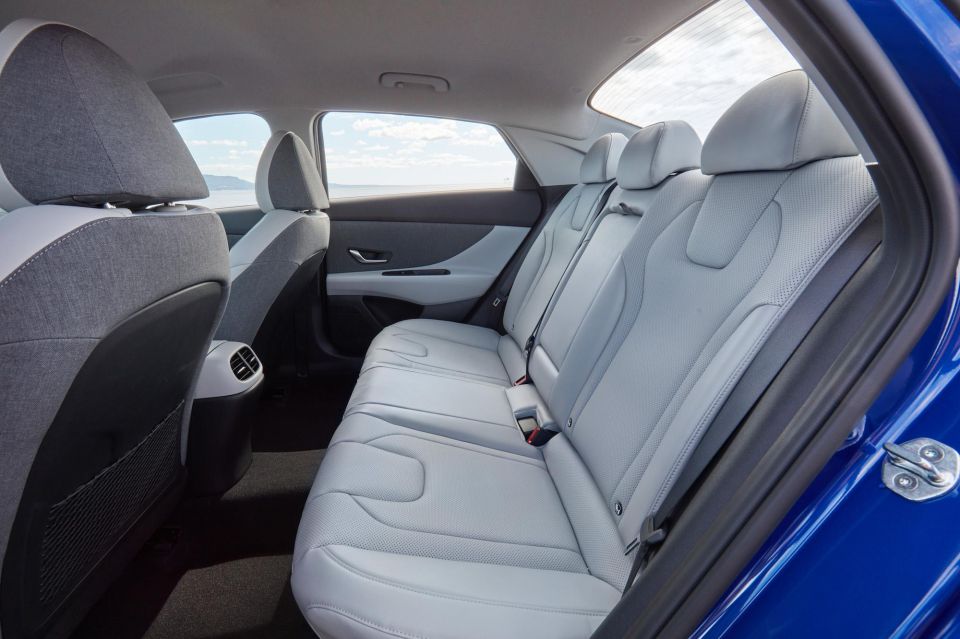
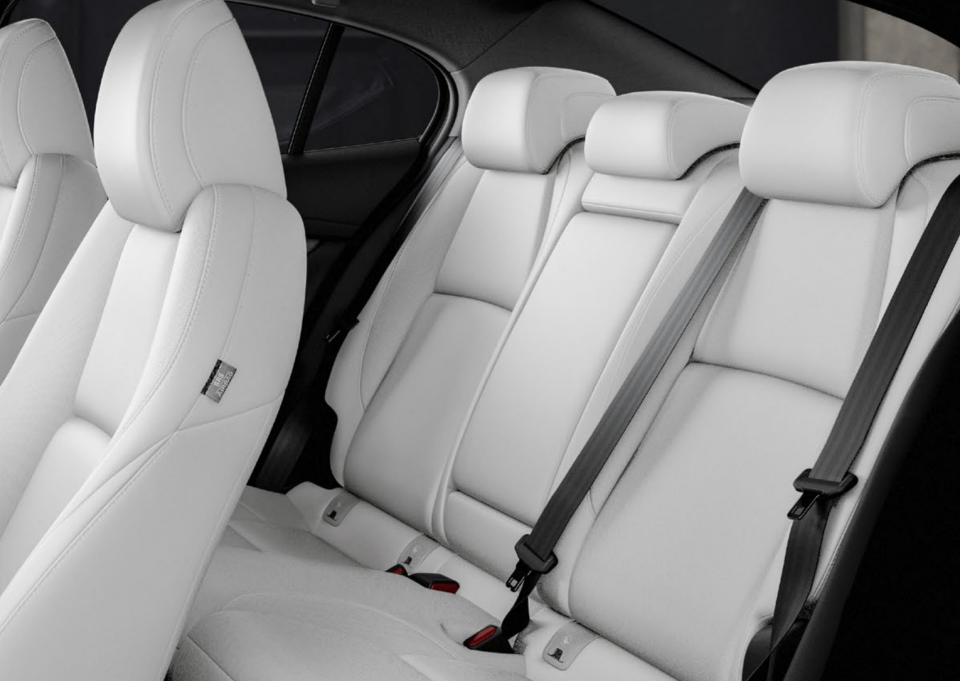
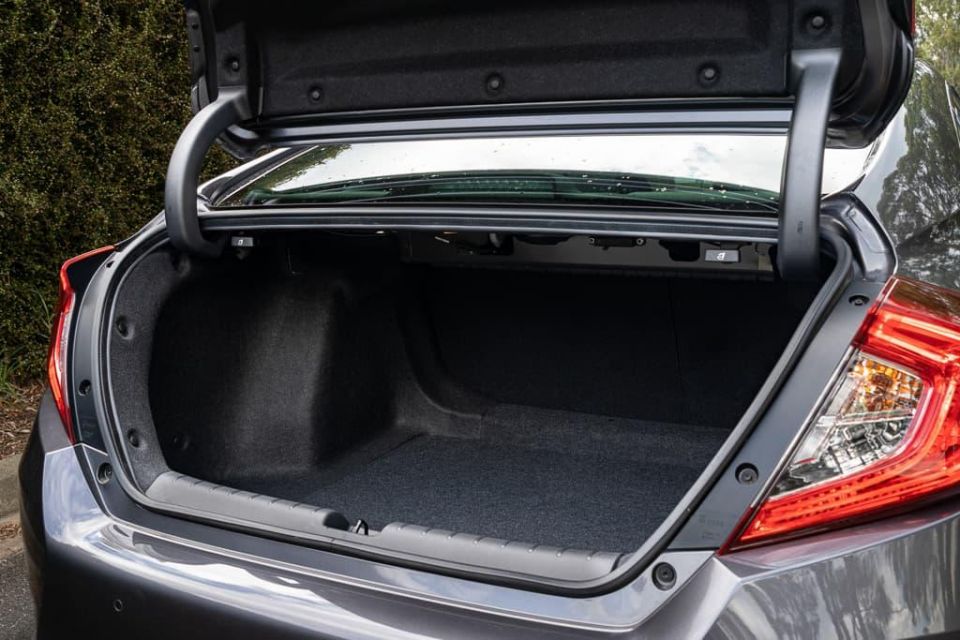
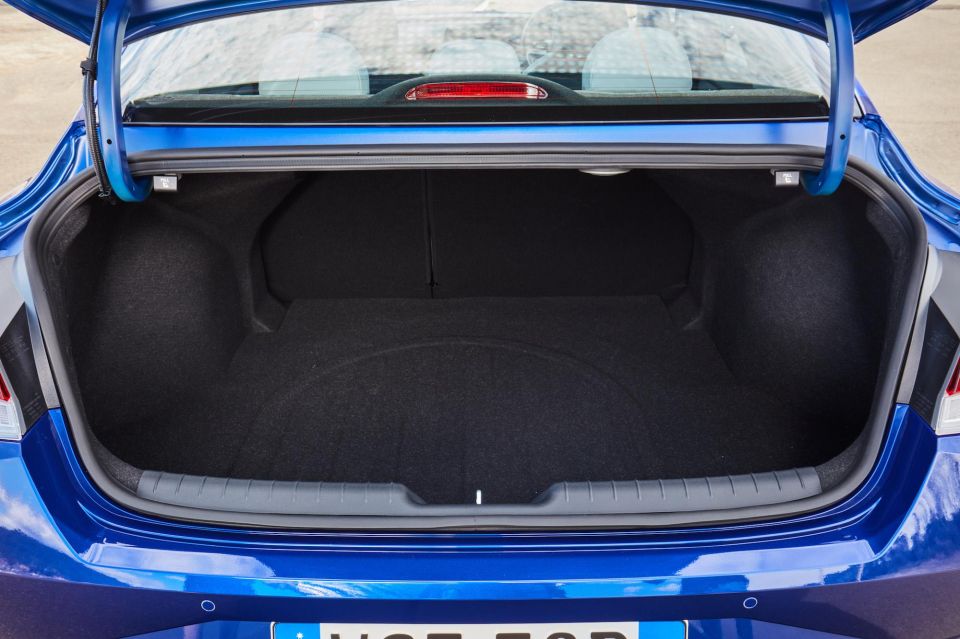
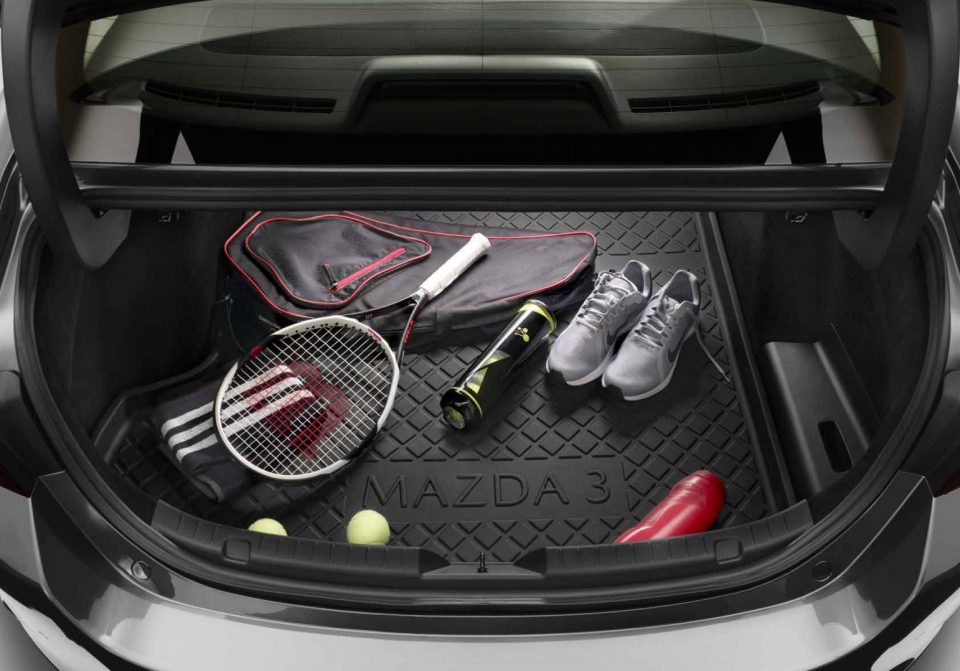
| Model | Honda Civic | Hyundai i30 | Mazda 3 |
|---|---|---|---|
| Variant | VTi-LX | N-Line Premium | G25 Astina |
| Length | 4662mm | 4676mm | 4660mm |
| Width | 1799mm | 1826mm | 1795mm |
| Height | 1416mm | 1414mm | 1440mm |
| Wheelbase | 2698mm | 2720mm | 2725mm |
| Boot | 517L | 474L | 444L |
| Kerb weight | 1315kg | TBC | 1388kg |
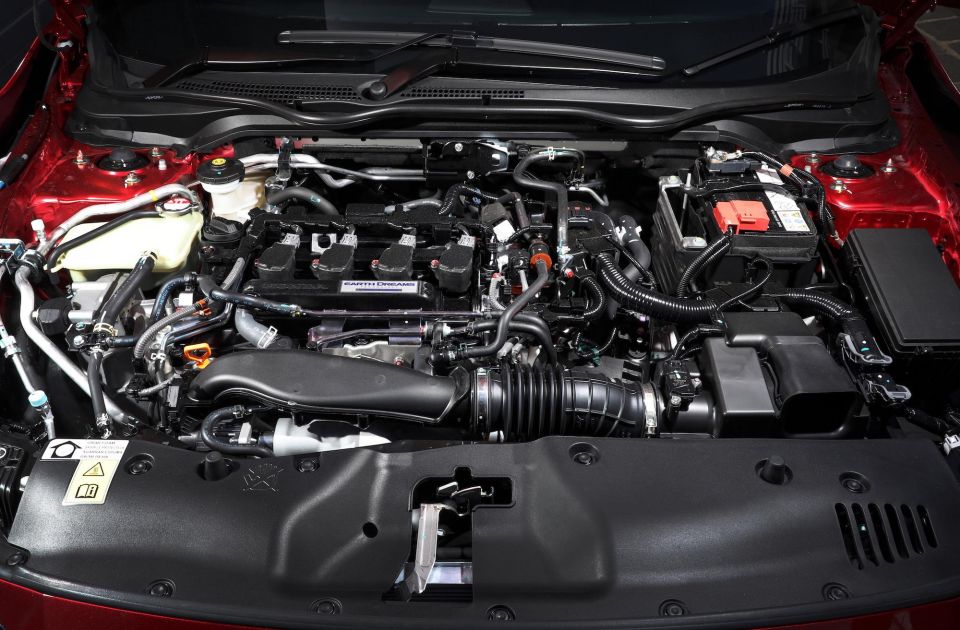

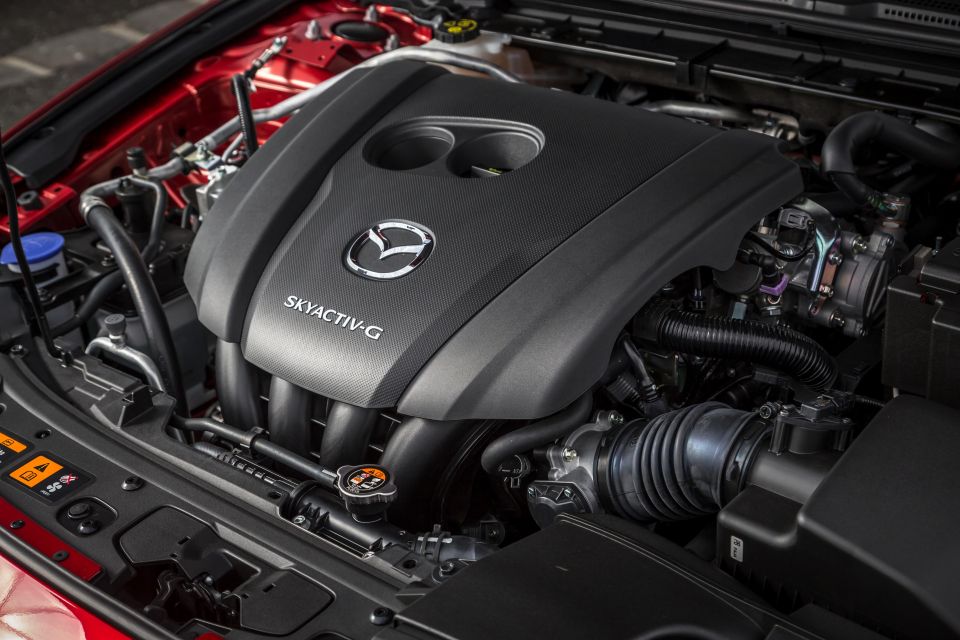
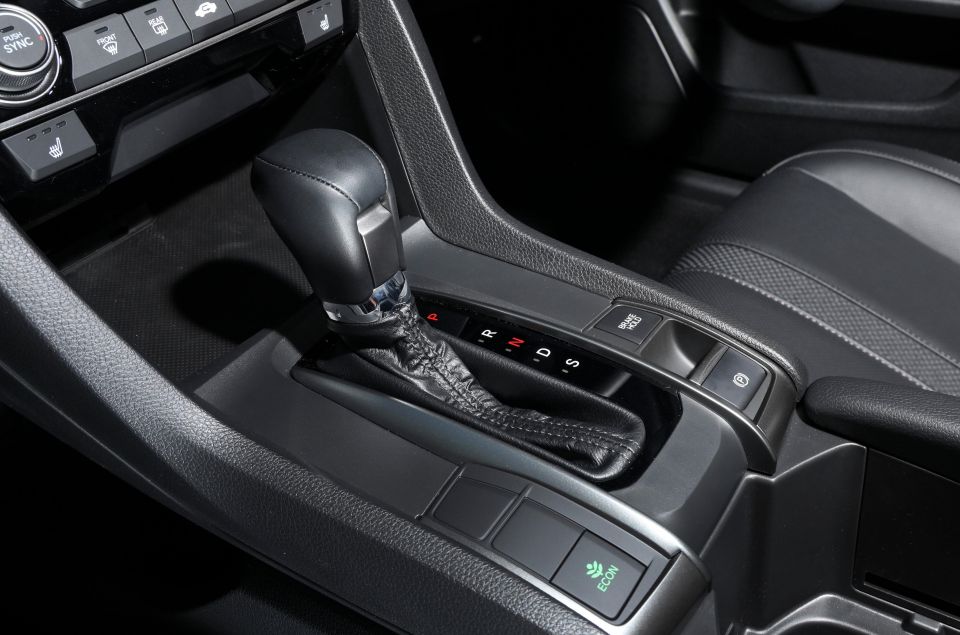

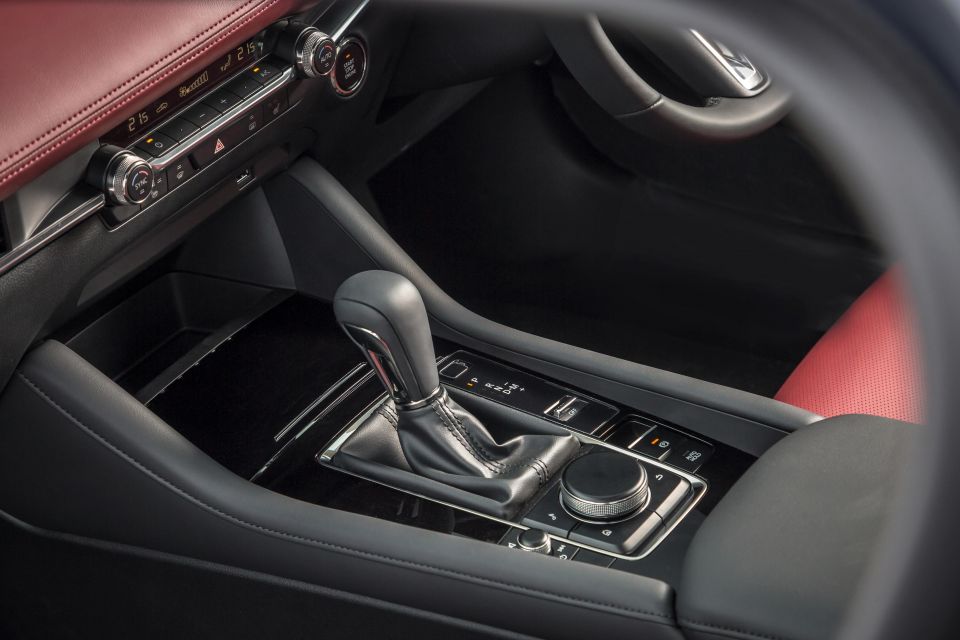
The Civic’s 1.5-litre turbo has the lowest power and torque outputs here, though 220Nm of torque from 1700rpm ensures brisk rolling response. It’s mated to a CVT with paddle shifters adding some driver engagement.
The Mazda’s 2.5-litre engine is the only naturally aspirated unit here, but start/stop and cylinder deactivation systems reduce fuel use. Its 139kW and 252Nm outputs sit middle of the pack. The six-speed torque-converter auto can be swapped for a six-speed manual, too.
The i30’s 1.6-litre turbo has a meaty 150kW and 265Nm at its disposal, making it the punchiest car here. Its rapid-shifting dual-clutch auto is standard at this spec, though the N Line (non Premium) has a manual option.
| Model | Honda Civic | Hyundai i30 | Mazda 3 |
|---|---|---|---|
| Variant | VTi-LX | N-Line Premium | G25 Astina |
| Engine | 1.5-litre | 1.6-litre | 2.5-litre |
| Fuel economy | 6L/100km | TBC | 6.5L/100km |
| Fuel type | 91 petrol | 91 petrol | 91 petrol |
| Induction | Turbo | Turbo | Aspirated |
| Power | 127kW @ 5500rpm | 150kW @ 6000rpm | 139kW @ 6000rpm |
| Torque | 220Nm @ 1700rpm | 265Nm @ 1500rpm | 252Nm @ 4000rpm |
| Transmission | CVT | 7-DCT auto | 6MT or 6AT |
| Driven wheels | Front | Front | Front |
| Power to weight | 96.5kW/t | TBC | 100.1kW/t |
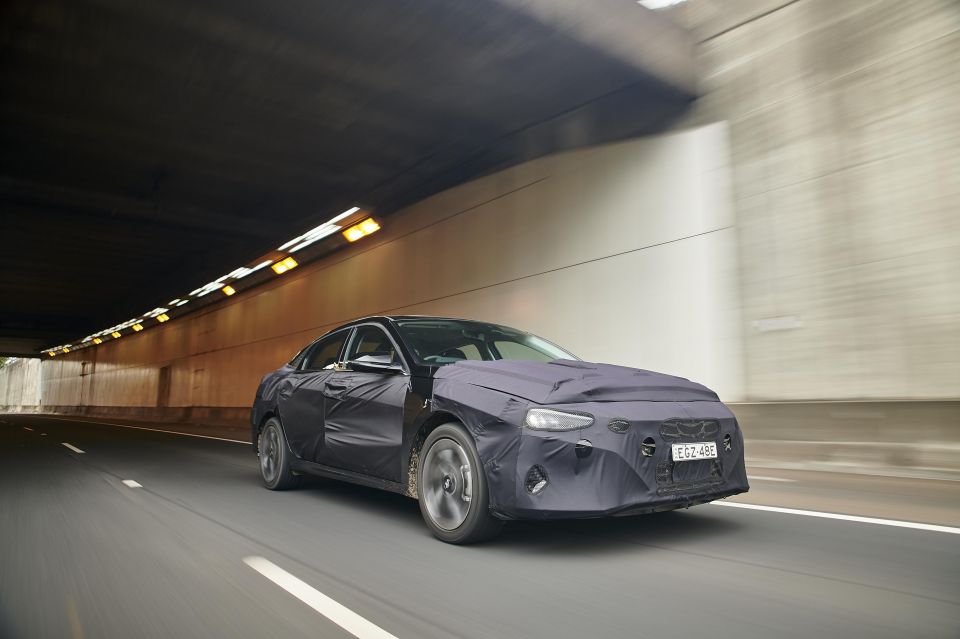
All grades of the Civic run MacPherson strut suspension up front and independent suspension with multiple linkages at the rear. It has electric-assisted power steering, and ventilated front/solid rear brake discs.
The Mazda is the only car in this trio with a torsion beam at the rear, though the company claims to have gone to great lengths to maximise roadholding and in my experience it handles well. G-Vectoring technology cuts engine torque at times, to transfer weight and sharpen up turn-in.
The i30 N Line models get independent rear suspension (multi-link) over the base models’ torsion beams, and larger brakes. It’s also the only car here with Australian-market-specific suspension tune: the springs, shock, bushes and bars are tested and tweaked locally.
| Model | Honda Civic | Hyundai i30 | Mazda 3 |
|---|---|---|---|
| Variant | VTi-LX | N-Line Premium | G25 Astina |
| Alloy wheels | 17-inch | 18-inch | 18-inch |
| Front suspension | Strut | Strut | Strut |
| Rear suspension | Multi-link | Multi-link | Torsion beam |
| Turning circle | 10.6m | TBC | 10.6m |
| Ground clearance | 133mm | TBC | 150mm |
All three brands here offer five-year and unlimited kilometre warranties. The capped servicing costs are:
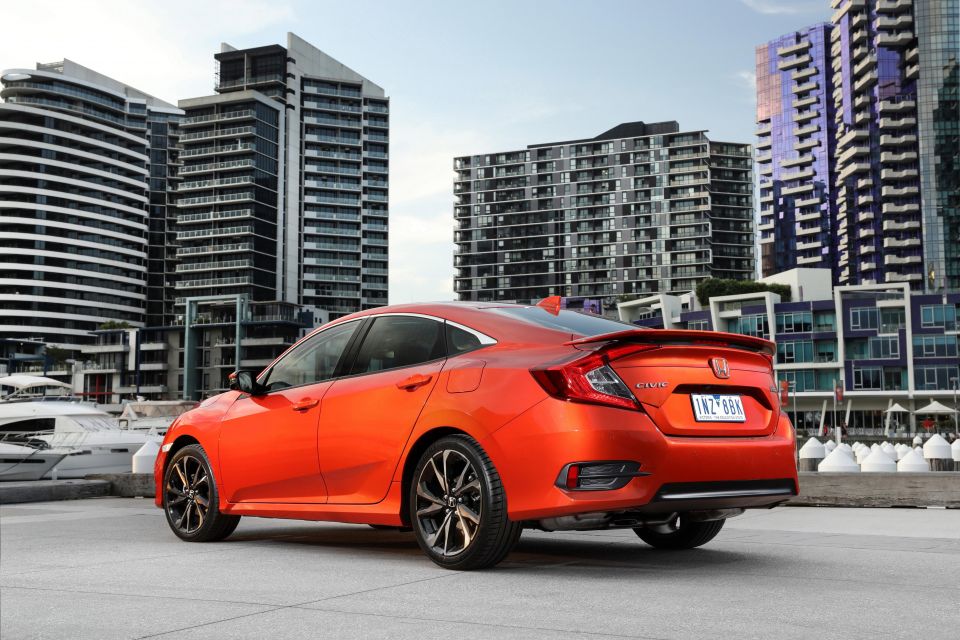
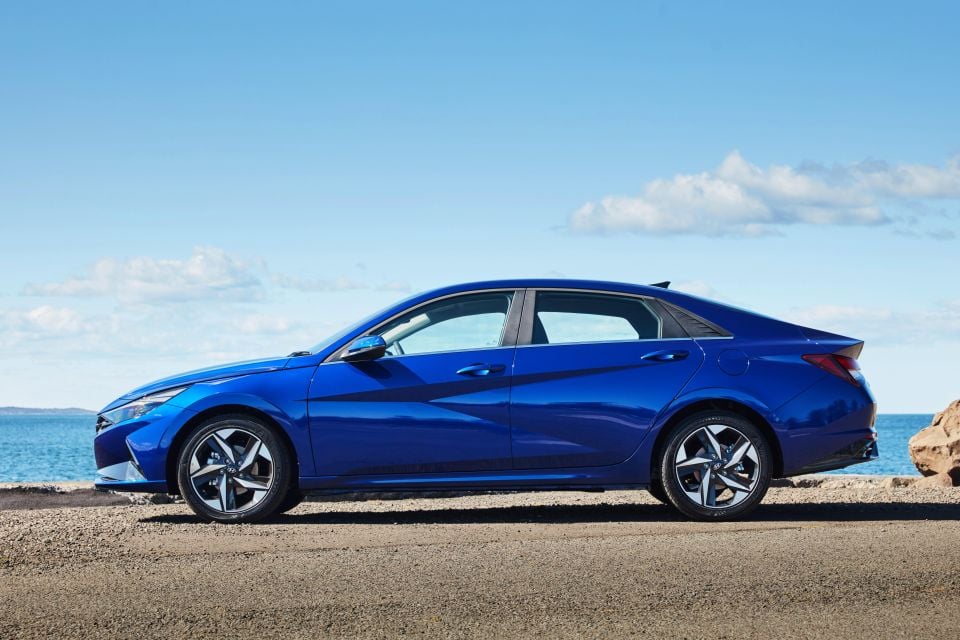
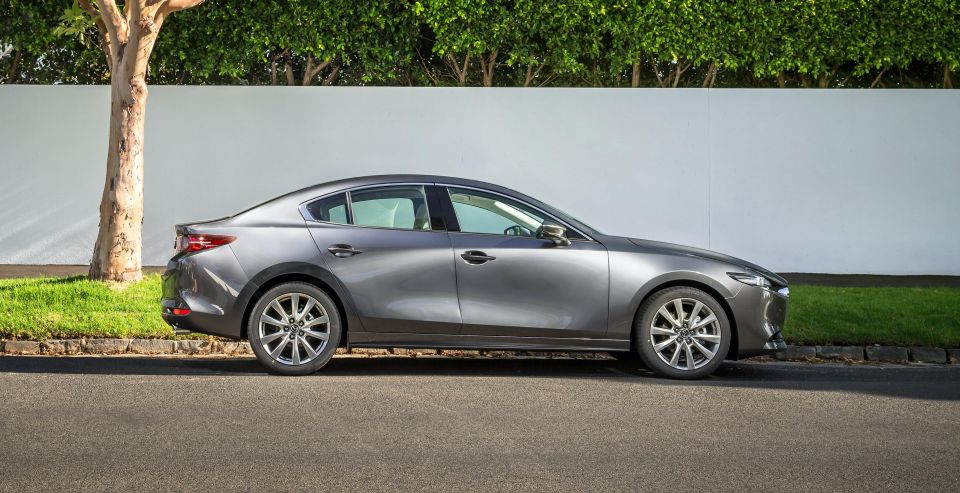
The Civic is the cheapest car here, and has the biggest boot. It’s the most advanced in its life cycle, and the in-car tech demonstrates this. But it’s still a sharp contender with quick steering, a decent ride and handling balance, and great design (subjective).
The new Hyundai i30 sedan is edgy, aggressive, and exciting, and its interior looks to be loaded with features. It’s also the likely to be the quickest car here, and its Aussie suspension tune is worth taking note of.
If you want a small luxury sedan without the Euro badge and cost, then the Mazda 3 delivers through its interior tactility and classical, simple design language. It also has a distinctive powertrain and manual gearboxes at all spec levels for ‘purists’.
There’s not a bad choice here, by the looks. I can’t wait to do the real comparison soon!
Did you like this on-paper comparison? There are more linked below.
Share your thoughts with us in the comments below!
Share your thoughts and write a review of a car you own and get featured on CarExpert.


Matt Campbell
3 Hours Ago


Max Davies
19 Hours Ago


William Stopford
19 Hours Ago


Derek Fung
20 Hours Ago


Max Davies
1 Day Ago


William Stopford
2 Days Ago